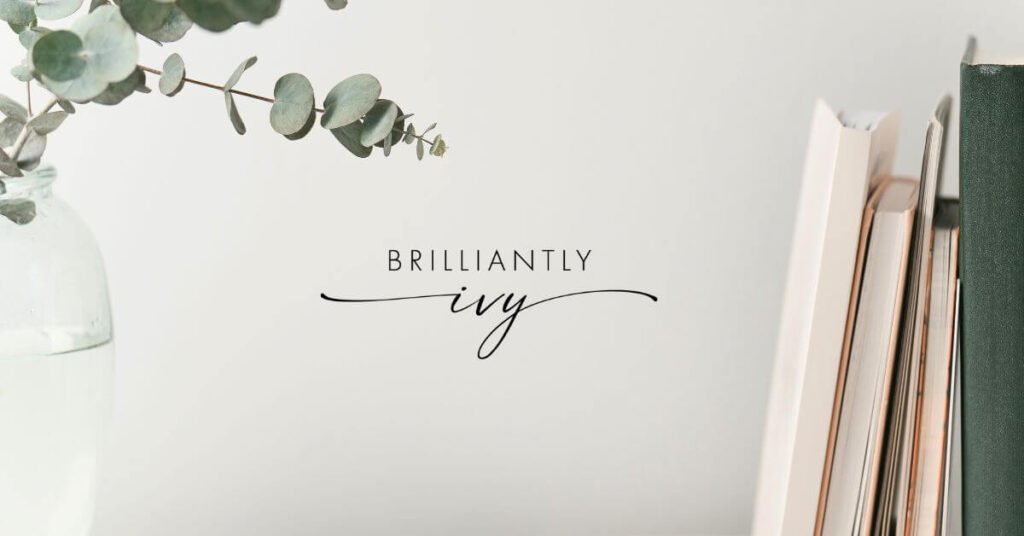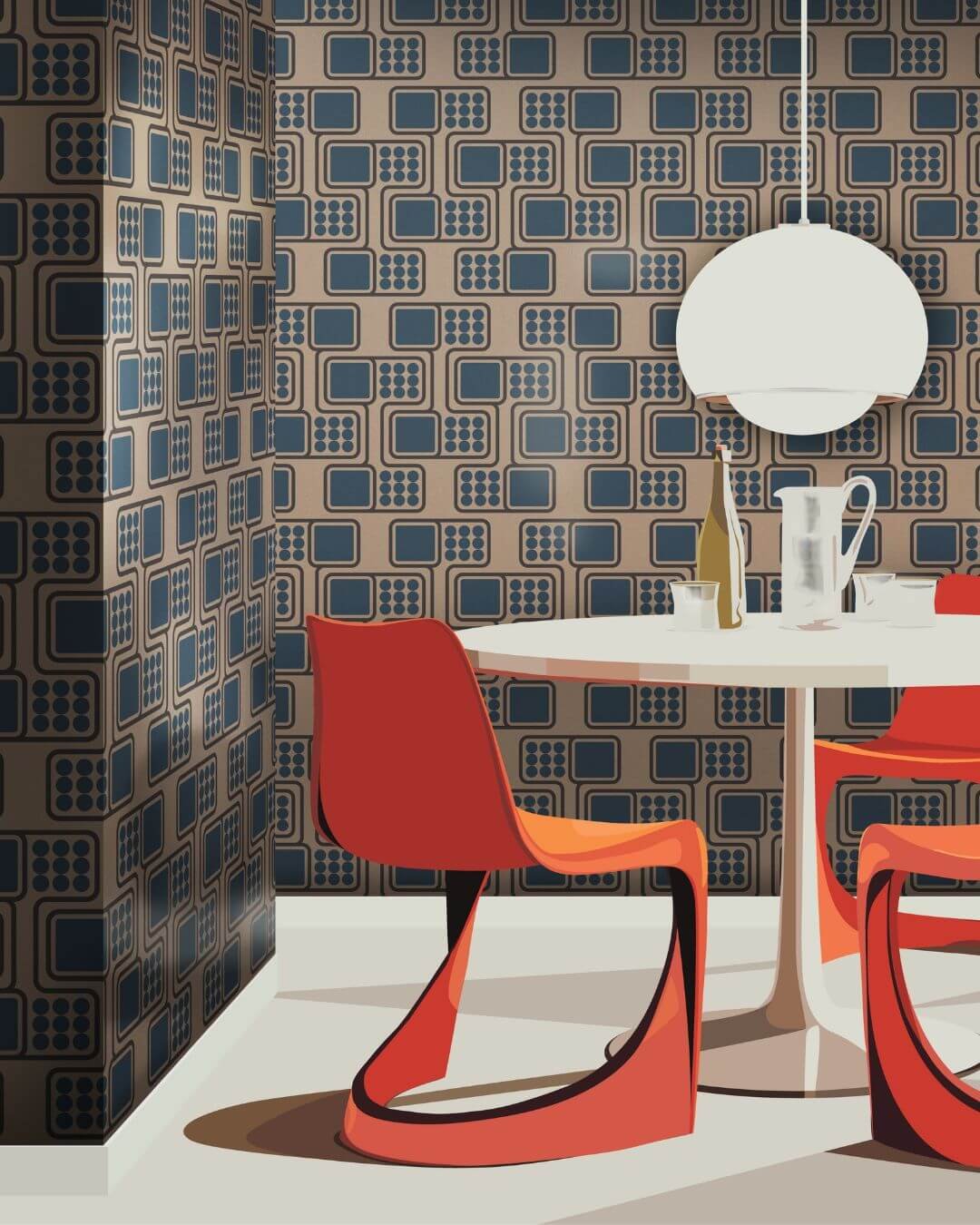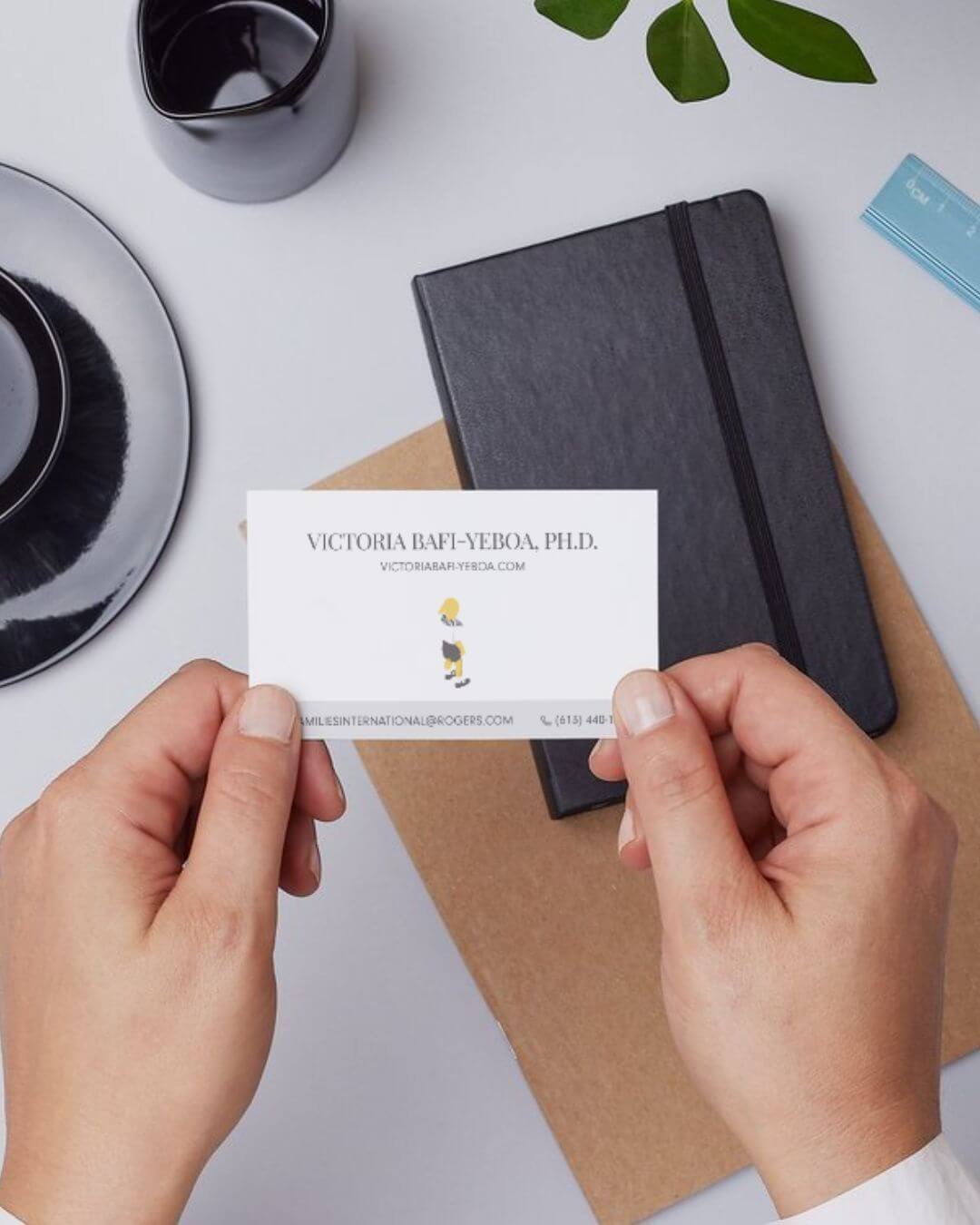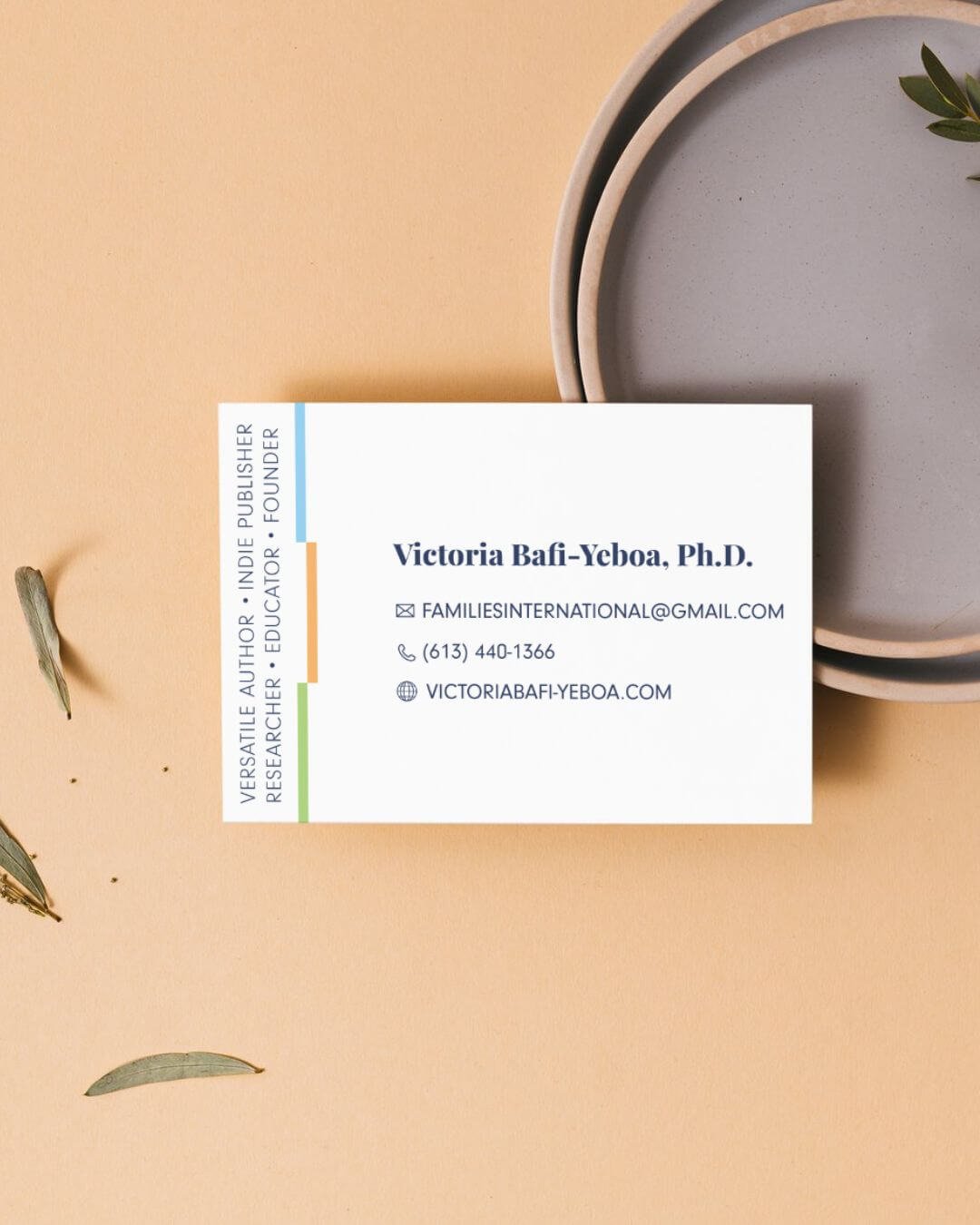Design is so much more than just making things look pretty, a pretty common misconception that can diminish its true value. At its core, design is creative problem-solving. It’s a strategic tool used to communicate, influence, and make people think. For businesses, especially in today’s attention economy market, understanding the full scope of design can be a game-changer.
Design is a Communication Tool
Whether we realize it or not, design shapes how we perceive and engage with the world around us. Think about the last time you were in the shampoo aisle at the store. What made you reach for one brand over another? Maybe it’s because the design felt familiar or it visually aligned with your values. Without reading a single word, you likely formed an impression about the product, whether they’re eco-conscious, luxury, clinical, or playful, based solely on its design. This visual shorthand is design at work, communicating a brand’s values, ethos, and promises before you even pick up the bottle. For businesses, this means influencing purchase decisions, fostering brand loyalty, and ultimately driving sales.
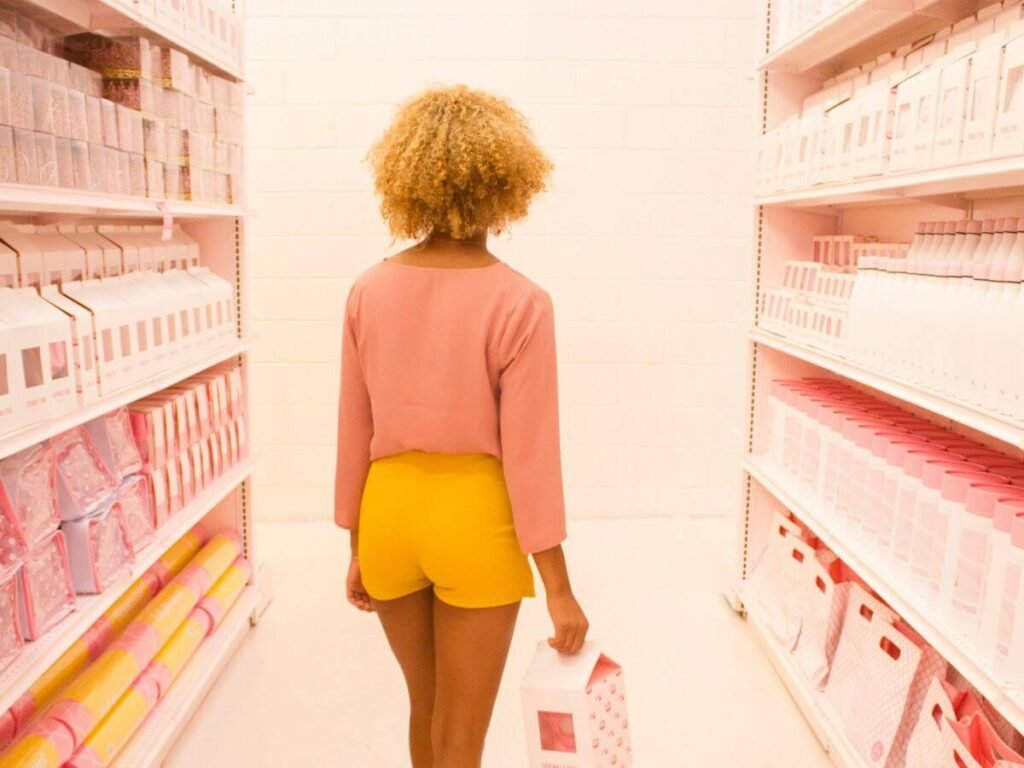
Photo by Shelby Cohron on Unsplash
For businesses, this is a powerful tool. Your design tells a story about your brand and how it fits into your customers’ lives. When executed well, it does more than just look appealing, it positions your brand in the mind of the consumer, aligning with their needs, values, and desires. In other words, good design speaks directly to your target audience, often without saying a word.
Design Solves Problems
At its heart, design is about solving problems. Whether you’re creating a logo, a website, or a product packaging, each element is designed with a purpose in mind. It’s not about adding decoration, but about delivering clarity, usability, and meaning. For example, a thoughtfully designed website doesn’t just look modern. It’s intuitive to navigate, aligns with the customer journey, and makes it easy for visitors to engage with your brand.
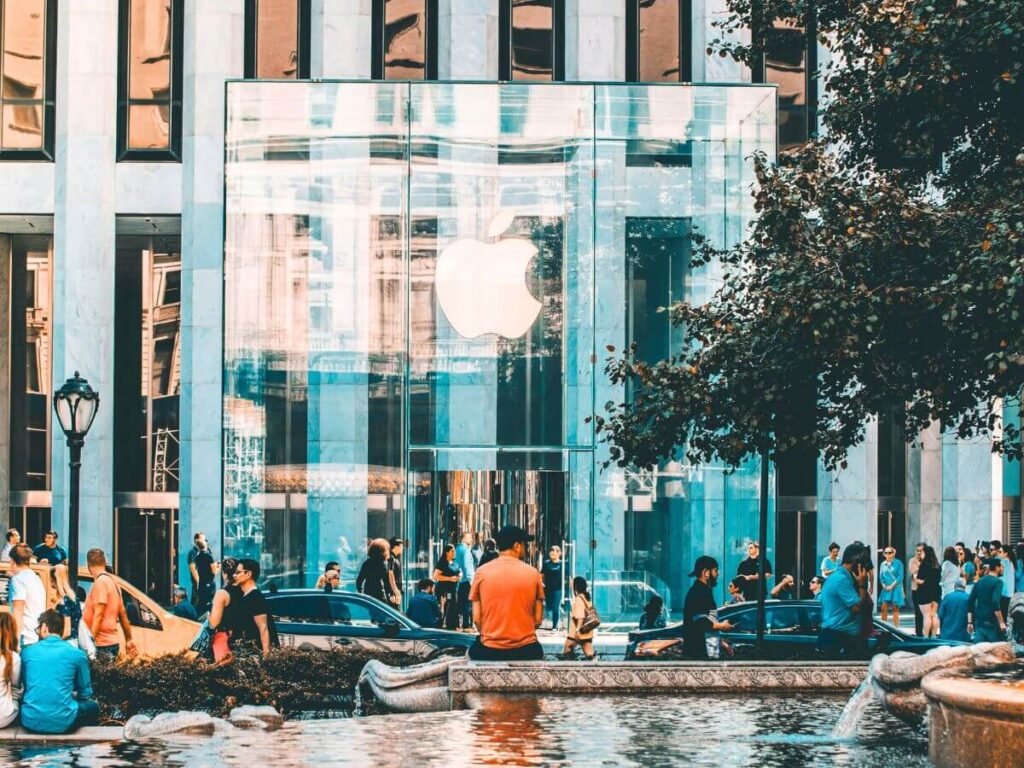
Photo by Emanuel Ekström on Unsplash
Think about Apple’s packaging design—clean, minimalistic, and intuitively functional. It reflects the brand’s value of simplicity and innovation while solving a practical problem: How do we convey elegance and ease of use before the product is even turned on? This strategic thinking is what separates good design from merely attractive design.
The Layers of Good Design
Good design is multi-layered. It goes far beyond visuals, addressing functionality, emotional connection, and brand differentiation all at once. A good logo, for example, is not just about surface-level details; they’re the result of intentional decisions driven by a deep understanding of the audience, the brand, and its goals. And a logo is one part of a larger design system that forms the brand’s identity that includes color palettes, typography, illustrations, etc. Take eco-conscious brands, for example. Often, their packaging design incorporates natural colors, recycled materials, and minimalist aesthetics. These choices communicate a commitment to sustainability without needing an explicit message. But here’s where the nuance of branding comes in: it doesn’t mean eco-conscious brands have to follow this typical visual path. Design should be aligned with the brand’s unique voice and personality.
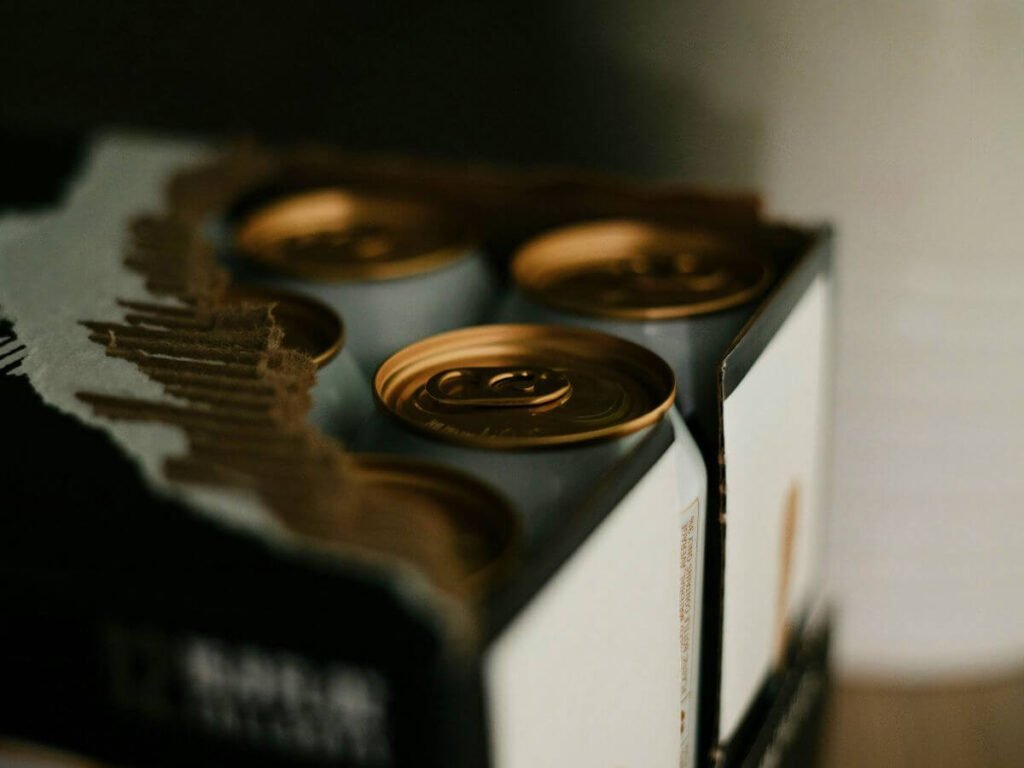
Photo by Marissa Lewis on Unsplash
Let’s consider Liquid Death as an example. It’s a water brand, but it takes a completely unexpected approach to sustainability and branding. Instead of following the usual clean, serene look of most water brands, Liquid Death goes the opposite direction—bold, edgy, and rebellious. Their packaging uses aluminum cans instead of plastic bottles, and their slogan, “Death to Plastic,” reinforces their commitment to sustainability in a way that aligns with their unconventional, irreverent brand voice. This shows that good design is more than just aesthetics; it’s about communicating a brand’s purpose in a way that resonates with its audience while standing out from competitors.
The Pitfalls of Bad Design
Unfortunately, not all design hits the mark. Poor design lacks intention and fails to deliver on both form and function. It may look appealing on the surface but fails to connect with the audience or solve a real business problem. For example, a website with lots of animations may seem visually striking but frustrates visitors when they can’t easily find the information they need. This leads to lost opportunities and a disjointed brand experience.
Good design, on the other hand, is strategic. It’s not just about aesthetics; it’s about making informed decisions that elevate your brand, resonate with your audience, and drive your business forward. Businesses that understand this and invest in thoughtful, user-centered design reap the benefits, whether it’s increased brand loyalty, higher conversion rates, or a stronger market position.
Why It Matters for Your Business
For businesses and professionals looking to make a meaningful impact, design is a critical part of your brand strategy. It differentiates you from competitors, fosters trust with your audience, and influences how people perceive your brand. When design is done right, it seamlessly works behind the scenes to enhance the customer experience and drive results.
Investing in good design is more than just a visual upgrade. It’s about aligning your brand with your business goals, enhancing customer engagement, and setting the foundation for long-term success. It’s no coincidence that the most successful brands today are those that prioritize thoughtful, intentional design at every touchpoint.
Conclusion: Design as Strategy, Not Decoration
Design is far more than decoration; it’s a strategic advantage. It communicates your brand’s essence, solves problems, and connects emotionally with your audience. When you view design as an integral part of your business strategy, not only does your brand look better, but it also works better, which can lead to deeper connections with your audience and more meaningful results for your business.

Photo by Sergey Zhesterev on Unsplash
The most successful companies understand that design isn’t an optional extra. It’s an investment in long-term brand equity. So as you think about your business’s next steps, remember that good design doesn’t just look good; it works hard for you behind the scenes, turning goals into results
Until next time, dream big and stay creative.
